 "ttyymmnn" (ttyymmnn)
"ttyymmnn" (ttyymmnn)
07/03/2015 at 11:15 • Filed to: planelopnik, planelopnik history
 6
6
 2
2
 "ttyymmnn" (ttyymmnn)
"ttyymmnn" (ttyymmnn)
07/03/2015 at 11:15 • Filed to: planelopnik, planelopnik history |  6 6
|  2 2 |
This is today’s Aviation History Speed Round , getting you caught up on milestones and important historical events in aviation from July 1 through July 3.
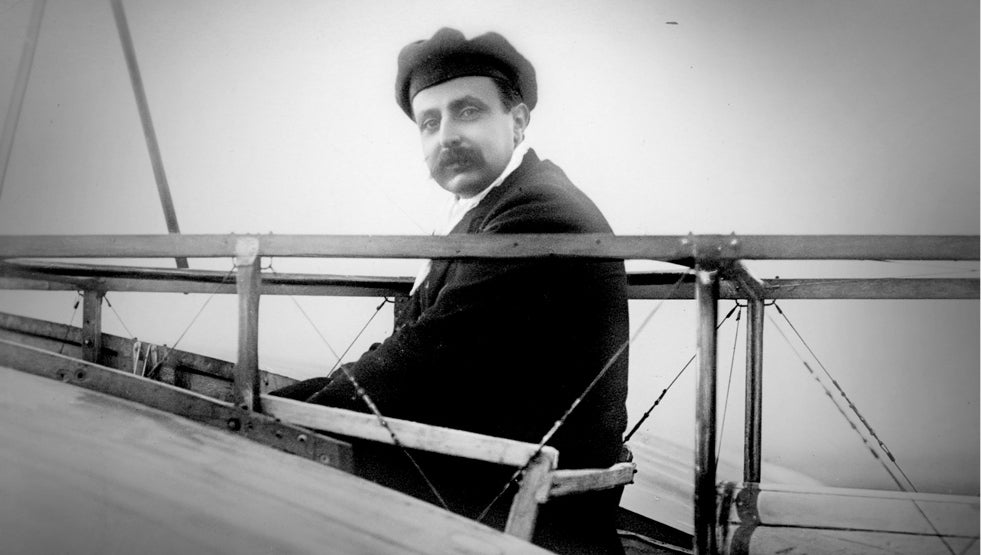
July 1, 1872 – The birth of Louis Blériot. Louis Blériot is known for his pioneering work during the dawn of powered aviation, but he made his money as an engineer, developing the first practical headlamp for trucks, and the money he made from that invention funded his foray into aviation. After starting out on his own, he joined forces with another French engineer, Gabriel Voisin. Together, they formed the Ateliers d’ Aviation Edouard Surcouf, Blériot et Voisin , but the partnership was unsuccessful and they soon split up. Inspired by the work of rival Alberto Santos Dumont, Blériot formed a new company and soon produced the world’s first powered monoplane in 1907, just two years after the Wright Brothers’ first flight. Numerous modifications and experiments followed, and his Blériot VII set the standard control surface configuration for years to come, and carried Blériot on a trip across France. But Blériot’s greatest fame came from his crossing of the English Channel in July 25, 1909. Taking off from France at 4:41 am, he flew his Type XI monoplane, powered by a 25-horsepower, 3-cylinder Anzani motor, and after a 36 minute flight, Blériot landed hard in England. Blériot was unhurt, and claimed a £1000 prize. The feat brought him fame and helped the success of his aircraft manufacturing business, leading to 100 orders for his Type XI, and more than 900 orders for aircraft during WWI. After the war, Blériot was on hand to welcome Charles Lindbergh to Paris. Blériot died in 1936.
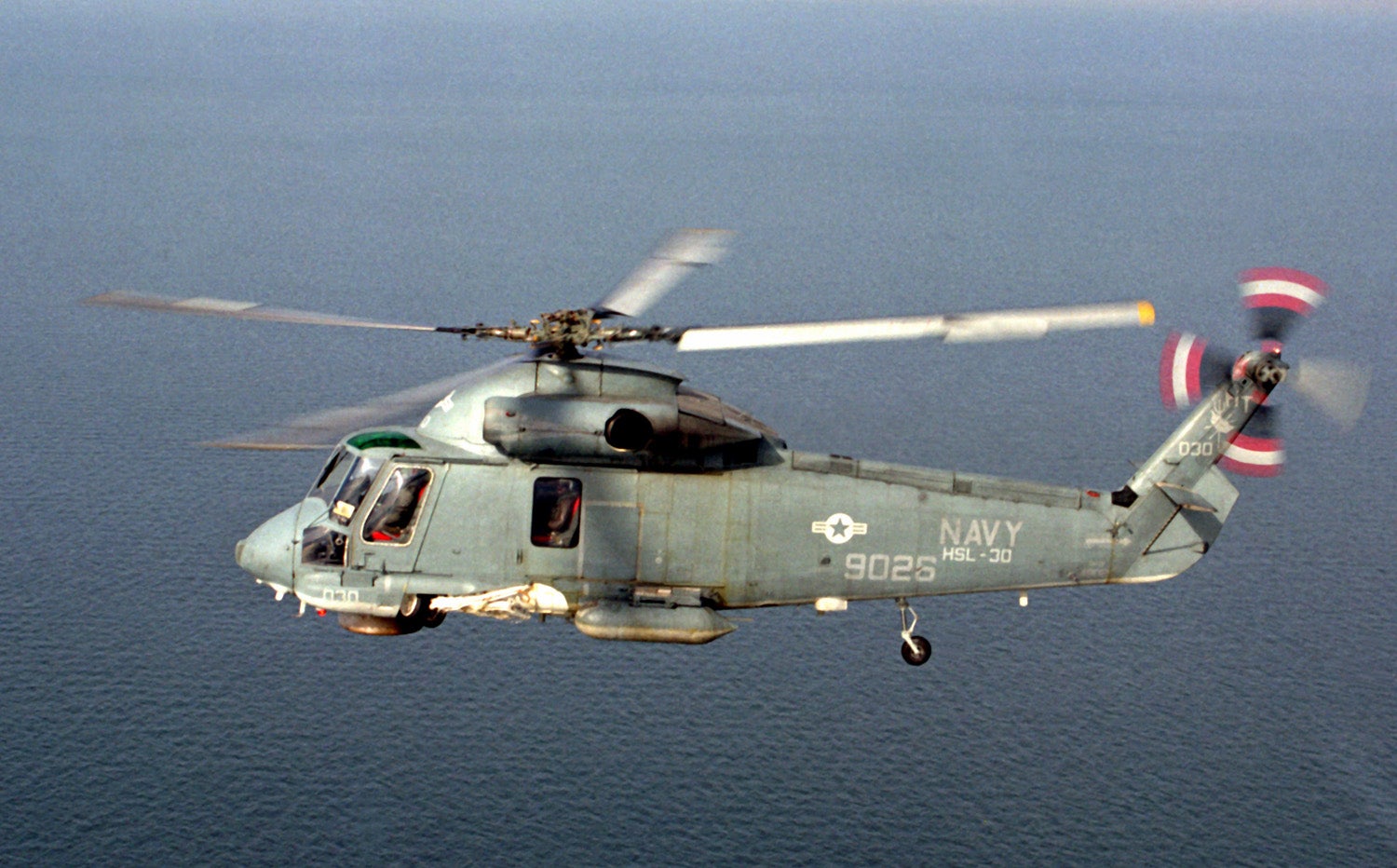
July 2, 1959 – The first flight of the Kaman SH-2 Seasprite. In 1956, the US Navy announced a competition to procure a modern, all-weather, high-speed helicopter to fulfill the role of anti-submarine warfare, search and rescue, light cargo and liaison. Connecticut-based Kaman Helicopters submitted the K-20, and the design was selected as the winner of the competition and given the Navy designation HU2K-1. The Navy ordered four prototypes and twelve production helicopters in 1957. The Seasprite was a traditional helicopter with one main rotor, powered by a single General Electric T58-8F turboshaft engine with a single anti-torque rotor at the rear. This arrangement was a departure for Kaman, who was, and still is, known for its dual, intermeshing rotor designs that eliminate the need for a tail rotor. The design also included retractable landing gear and an inflatable hull ring to allow operation from the surface of the water. After entering service in 1962, it became apparent that the Seasprite was underpowered, so the design was altered to include a second turboshaft engine, with both engines being housed in external pods. Approximately 200 Seasprites were produced, and they served primarily with the US Navy and the Royal New Zealand Air Force before being retired by the US Navy in 1993.
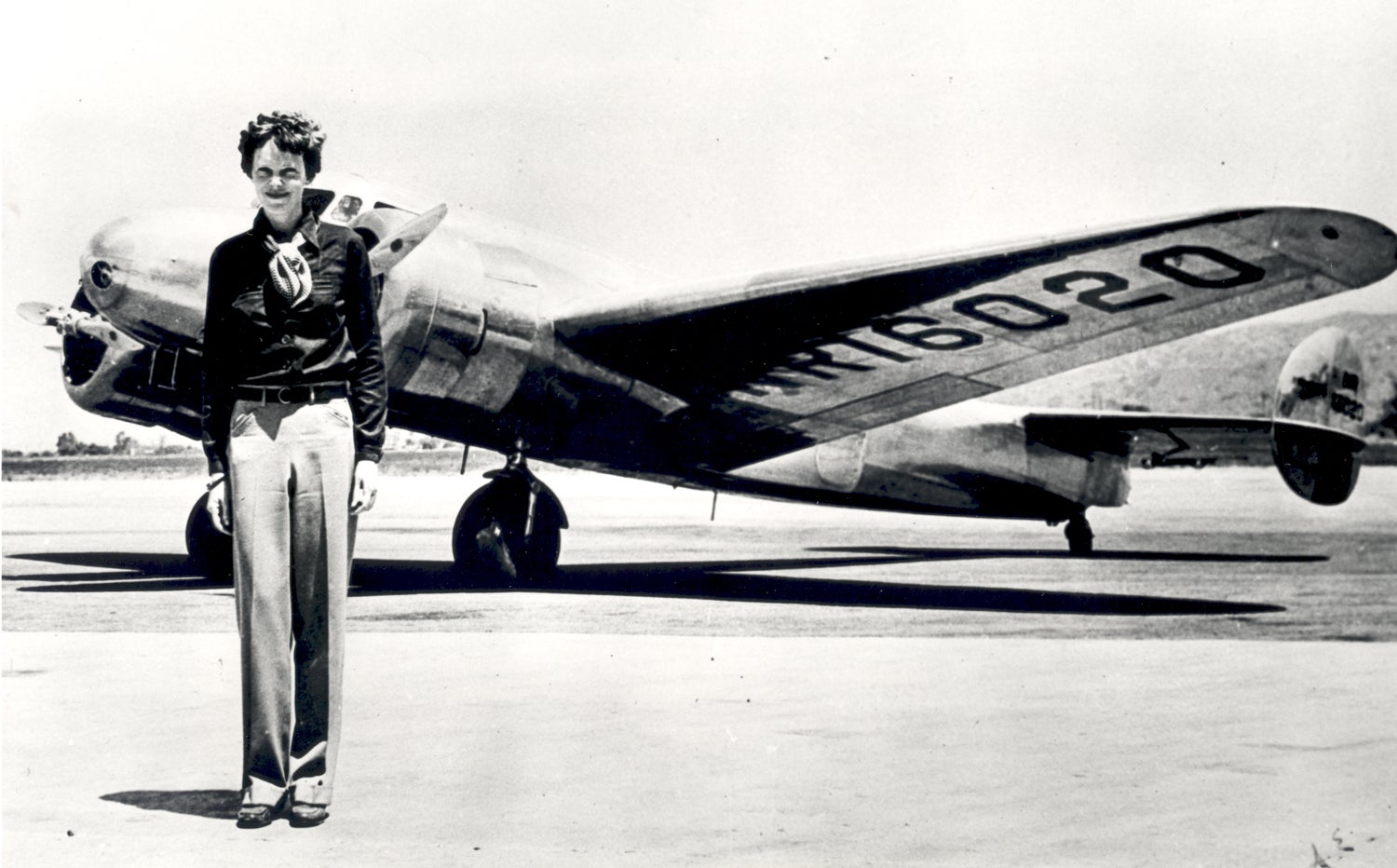
July 2, 1937 – Amelia Earhart and navigator Fred Noonan disappear while attempting to circumnavigate the world. Following numerous record-setting feats of aviation, including the first solo flight across the Atlantic by a woman aviator, for which she was awarded the Distinguished Flying Cross, Amelia Earhart, with her navigator Fred Noonan, set out to be the first woman pilot to circumnavigate the globe. Noonan and Earhart departed from Miami on June 1 and made stops in South America, Africa, India and Southeast Asia, before arriving in Lae, New Guinea on June 29 after covering about 22,000 miles. The Pacific Ocean was the last big obstacle. Departing Lae on July 2 at midnight GMT, they headed for Howland Island, a tiny speck of land 2556 miles away. The Coast Guard cutter Itasca was on station at Howland to guide them by radio for the last part of their flight. As they approached Howland, Earhart and Noonan made contact with the Itasca , but due to communication difficulties the Itasca could not contact Earhart. Numerous attempts were made, even sending up smoke signals from the ship’s boilers in hopes that they would be seen, but to no avail. Earhart and Noonan were never seen nor heard from again. Search efforts lasted until July 19, and despite the best efforts of the Coast Guard and Navy, no trace of the pilots or their Lockheed Electra was ever found. Some believe that Earhart and Noonan simply ran out of gas and crashed in the Pacific. Another theory is that they landed at Gardner Island, now Nikumaroro, in the Phoenix Islands. Searchers have turned up evidence that they claim are parts of Earhart’s Electra, and even a skeleton and a shoe. But the evidence remains circumstantial and the mystery remains unsolved.
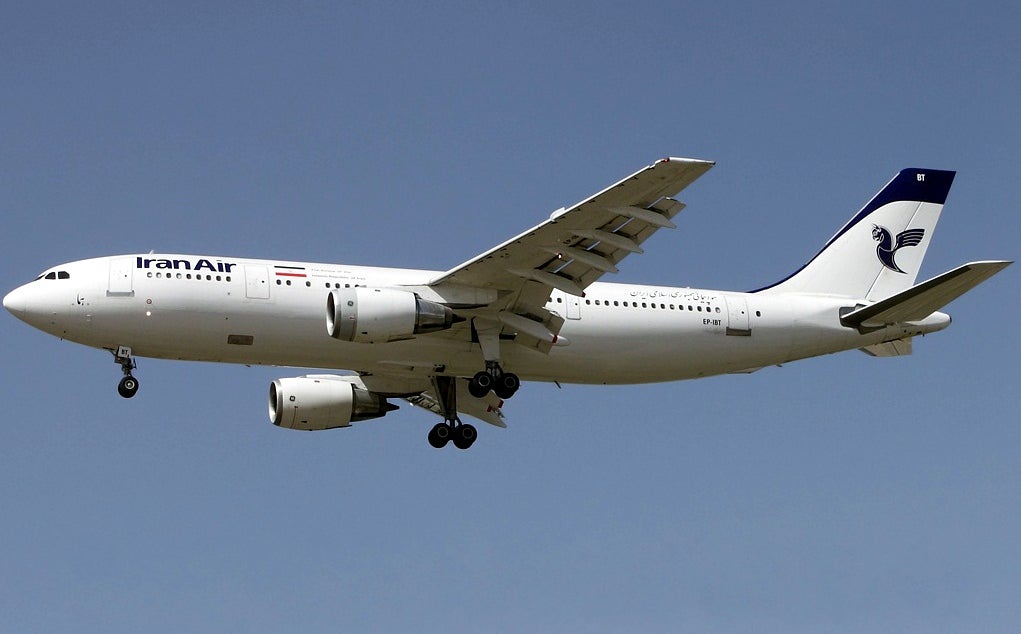
July 3, 1988 – Iran Air Flight 655 is shot down by the guided missile cruiser USS Vincennes . Tensions in the strategic Strait of Hormuz were high in 1988 as the Iran-Iraq War ground on, and attacks had spread to merchant ships operating in the Strait and the Persian Gulf. US Navy ships were on station to protect the merchants, but they had also engaged ships of the Iranian Navy, and had come under attack from Iraqi fighters and Iranian mines. On July 3, an Iran Air Airbus A300, operating in Iranian territory on a scheduled route and issuing squawks that identified it a civilian aircraft, was shot down by a guided missile from the US Aegis Class cruiser Vincennes which had entered Iranian waters after one of its helicopters had been fired on. All 290 passengers and crew were killed. The US Navy stated afterward that they believed the aircraft to be an American-built Iranian F-14 Tomcat, a legacy of the Shah’s rule over Iran. While sold to Iran as an air-to-air fighter, the US claimed the Tomcat could be armed with bombs or air-to-surface missiles. The US never officially apologized for the incident, though it did express its regret over the tragedy, and paid $62 million dollars to be shared among the families of the victims. In 1989, a pipe bomb detonated in a van driven by the wife of Captain Will Rogers III, the commanding officer of Vincennes at the time of the attack. No evidence was ever found to determine that the act was in retaliation for Iran Air incident. Rogers’ wife was unhurt. (Photo by Khashayar Talebzadeh via !!!error: Indecipherable SUB-paragraph formatting!!! )
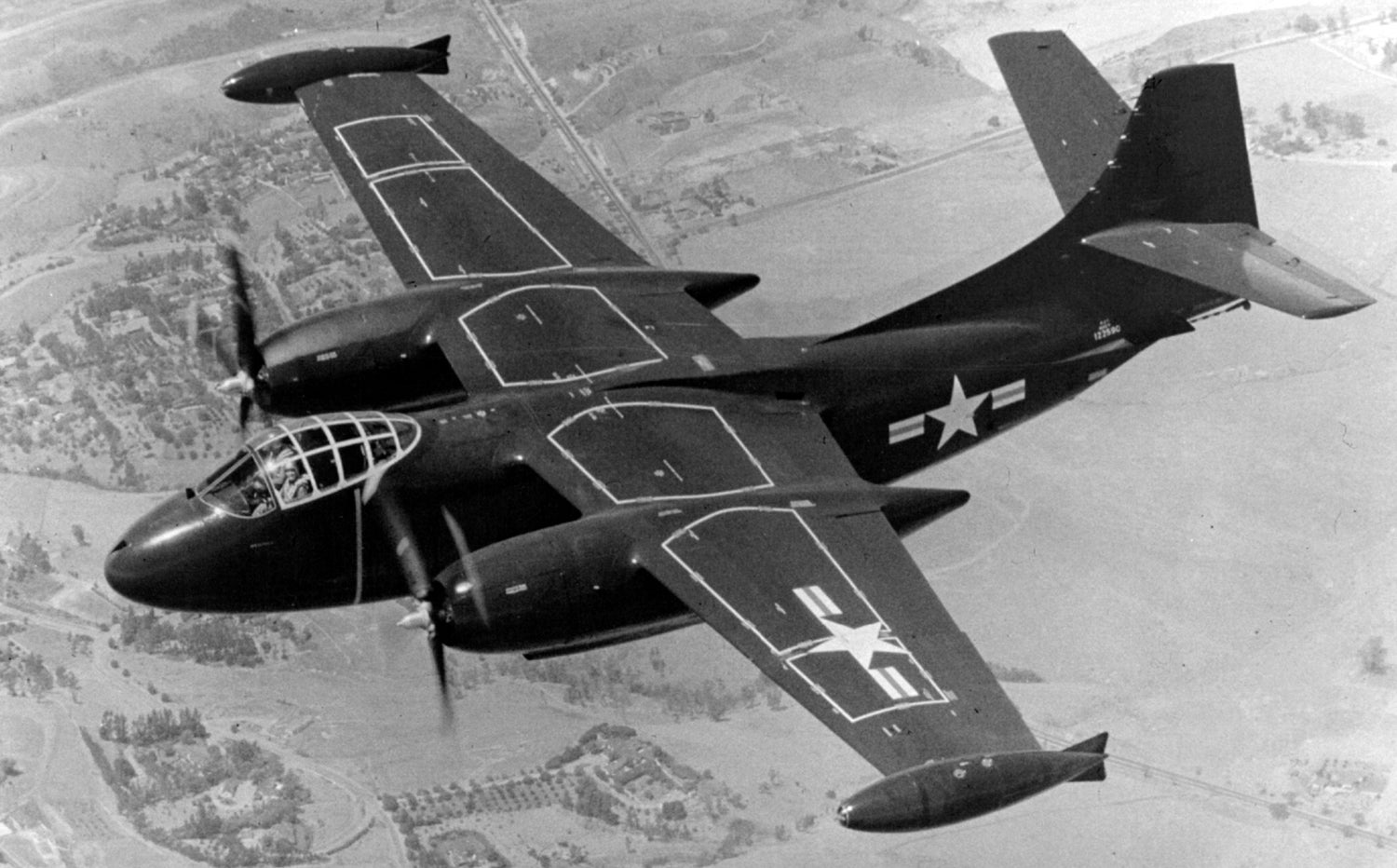
July 3, 1948 – The first flight of the North American AJ (later A-2) Savage.
At the end of WWII, the US Navy started looking for an aircraft that could operate from their carriers and be capable of delivering a nuclear weapon. North American proposed an enormous, hybrid-powered aircraft, the AJ Savage, which would be the heaviest carrier aircraft ever put in service at the time. The Savage was powered by two Pratt & Whitney Double Wasp piston engines as well as one Allison J33 turbojet in the rear of the aircraft. However, the turbojet was only intended for use during takeoff and high-speed attack runs. The Savage entered service in 1950, and while pilots reported that the aircraft performed well in the air, it was cumbersome to operate onboard the carriers. The sheer size of the aircraft limited deck operations, and folding the wings one at a time by a crewmember with a hydraulic pump took a very long time. In addition to its role as a strategic bomber, the Savage also served as an aerial tanker and a reconnaissance aircraft, and a few were also pressed into aerial firefighting duties, though the results were mixed at best and the mission did not last long. North American also made one aircraft designated the Super Savage, replacing the Double Wasp engines with two turboprop engines and removing the aft-mounted turbojet. Only one was ever built. The A-2 was retired in 1960, and the sole remaining example is on display at the National Museum of Naval Aviation at NAS Pensacola.
Short Take Off
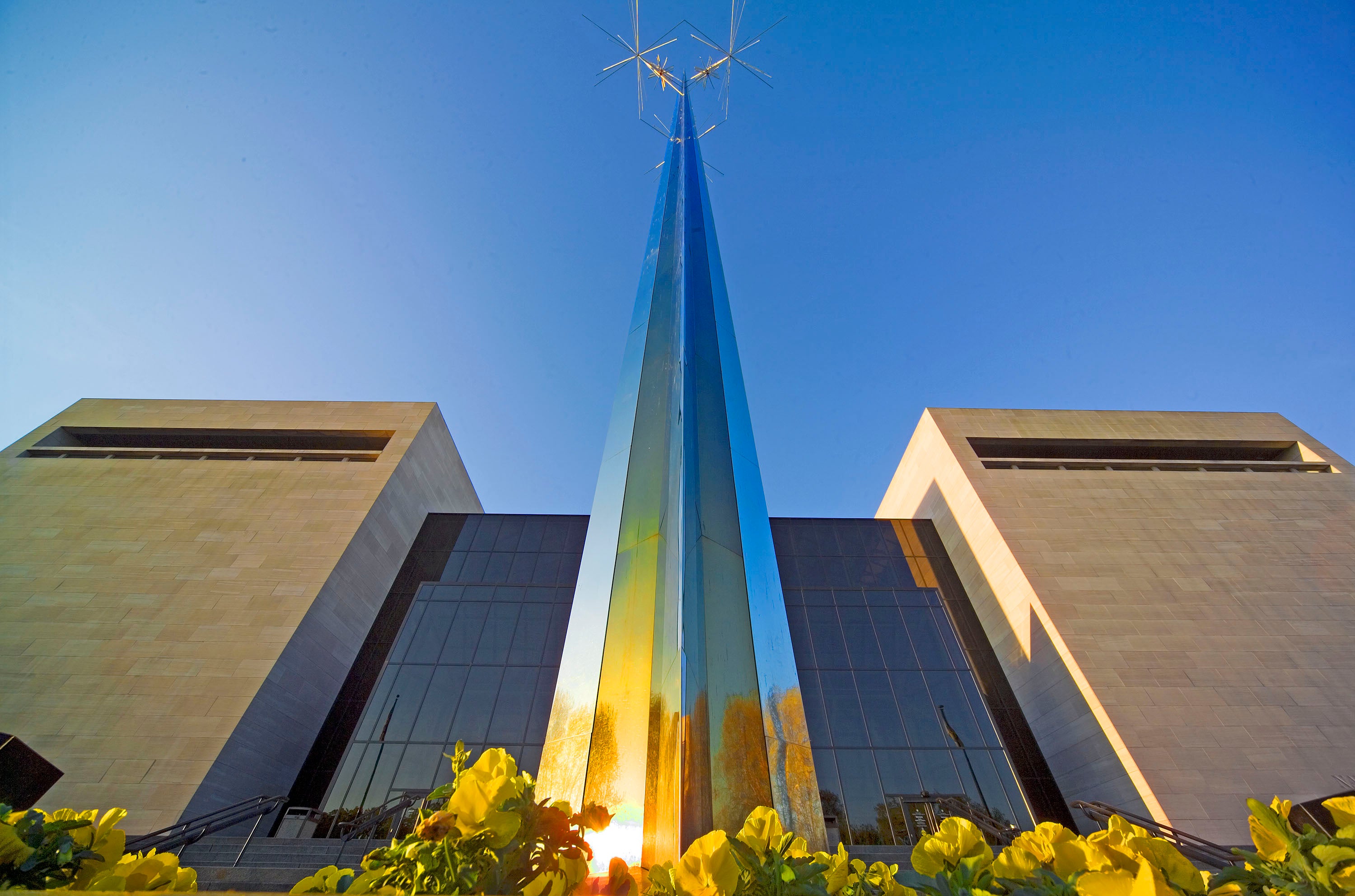
July 1, 1976 – The Smithsonian National Air and Space Museum opens in Washington, DC , the premier aviation and space museum in the US, which was later supplemented by the Steven F. Udvar-Hazy Center which opened in 2003.
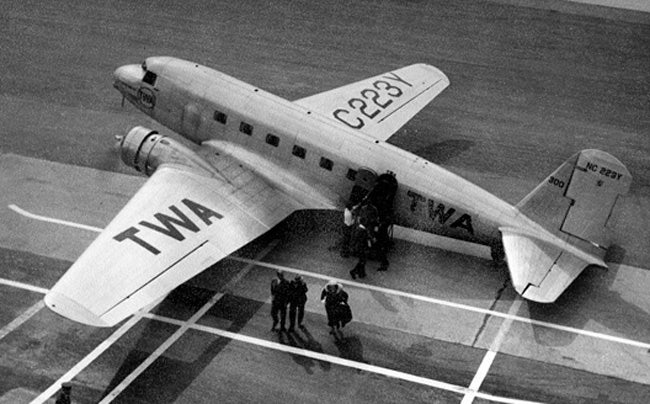
July 1, 1933 – The first flight of the Douglas DC-1 , the first aircraft in the Douglas Commercial line and predecessor to the DC-2 and DC-3.
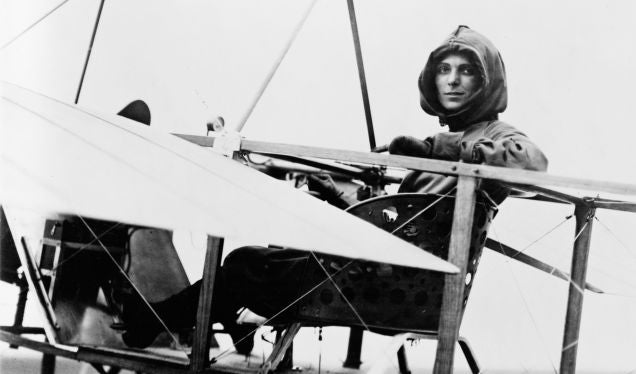
July 1, 1912 – Harriet Quimby, the first licensed woman pilot in the US, dies in an aviation accident when she and her passenger were ejected from their Blériot monoplane during a violent maneuver. The plane landed on its own, relatively intact.
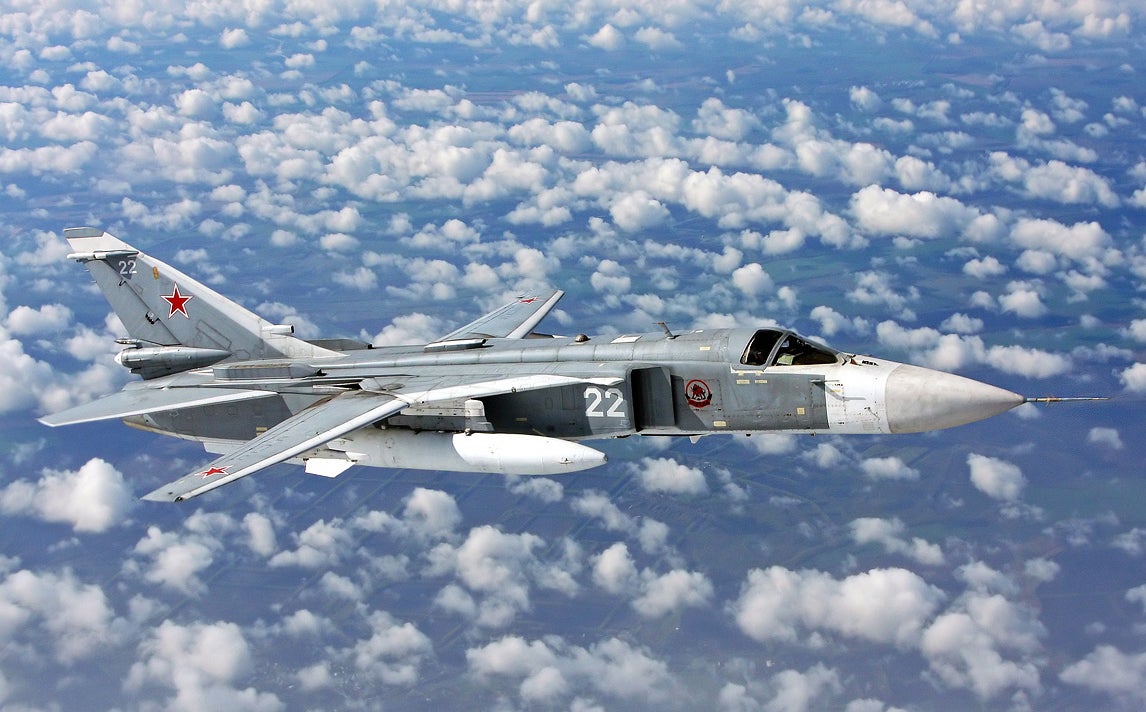
July 2, 1967 – The first flight of the Sukhoi Su-24 , NATO reporting name Fencer. The Su-24 is a supersonic, all-weather attack/interceptor with variable-sweep wings and employing the Soviet Union’s first integrated digital navigation and attack system. (Photo by Alexander Mishin via !!!error: Indecipherable SUB-paragraph formatting!!! )
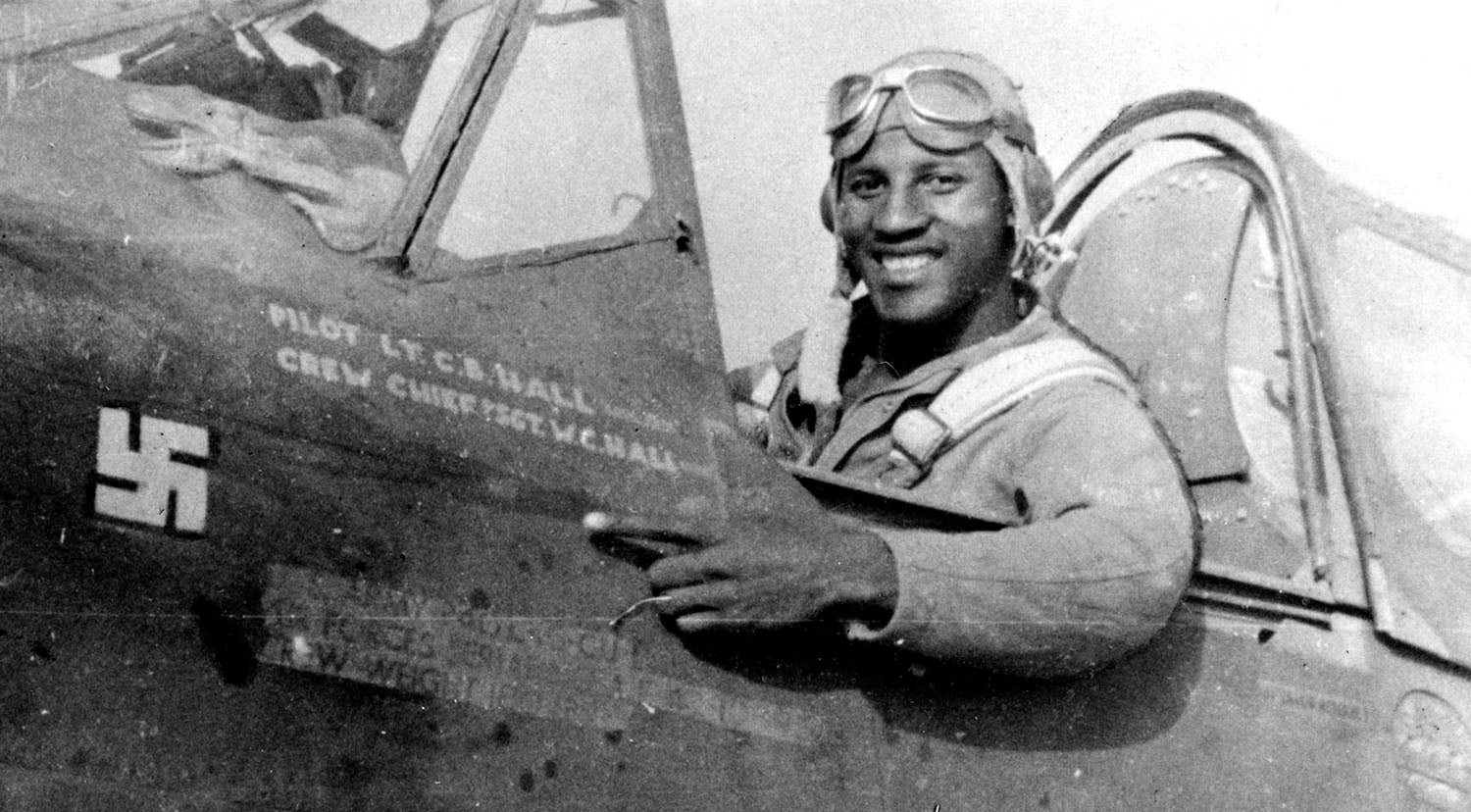
July 2, 1943 – Lt. Charles Hall becomes the first African-American pilot to shoot down a German plane . Hall was a member of the 99th Pursuit Fighter Squadron better known as the Tuskegee Airmen.
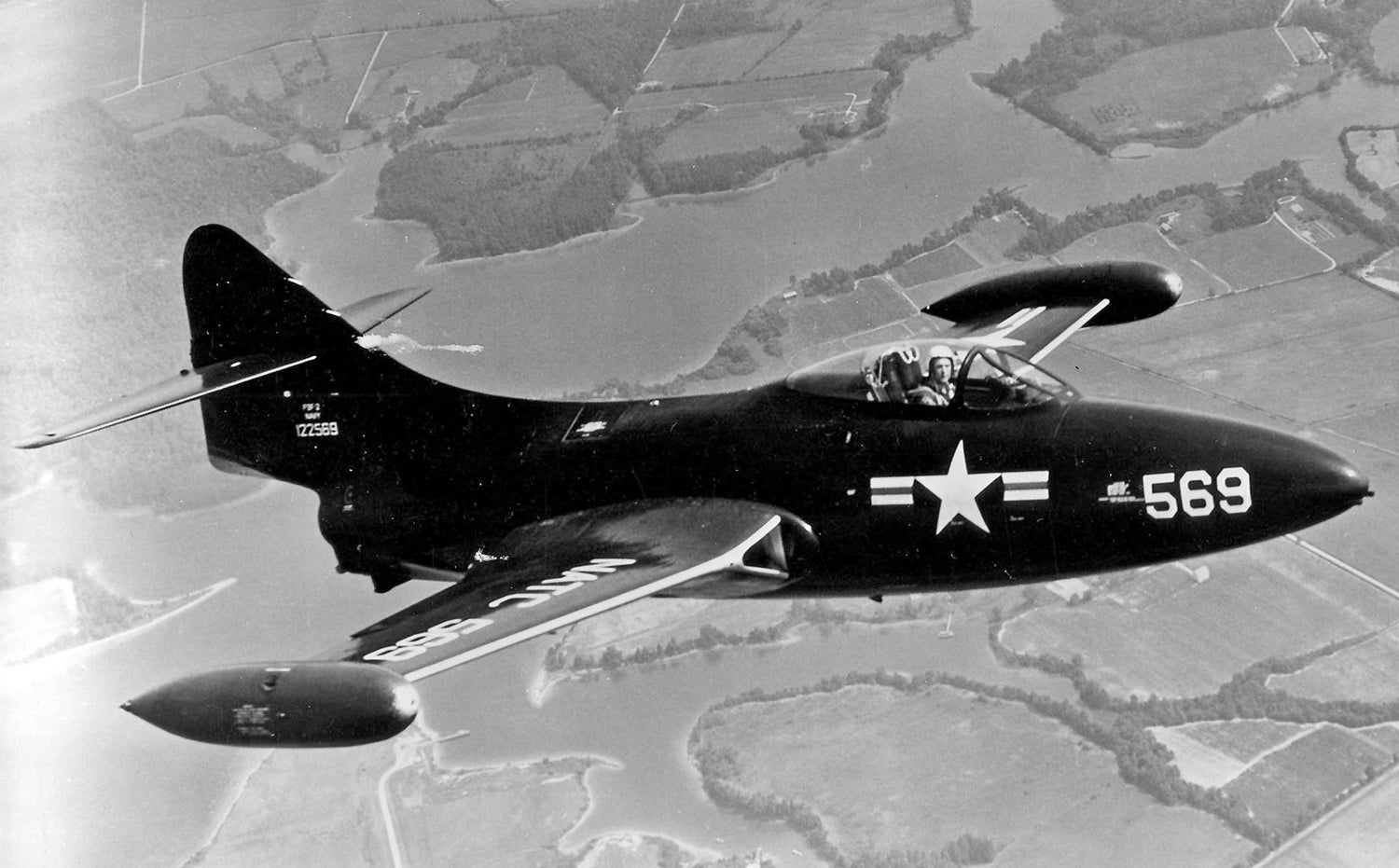
July 3, 1950 – The first combat kill by US jet fighters , when Grumman F9F Panthers from USS Valley Forge shoot down a North Korean Yak-9 during the Korean War.
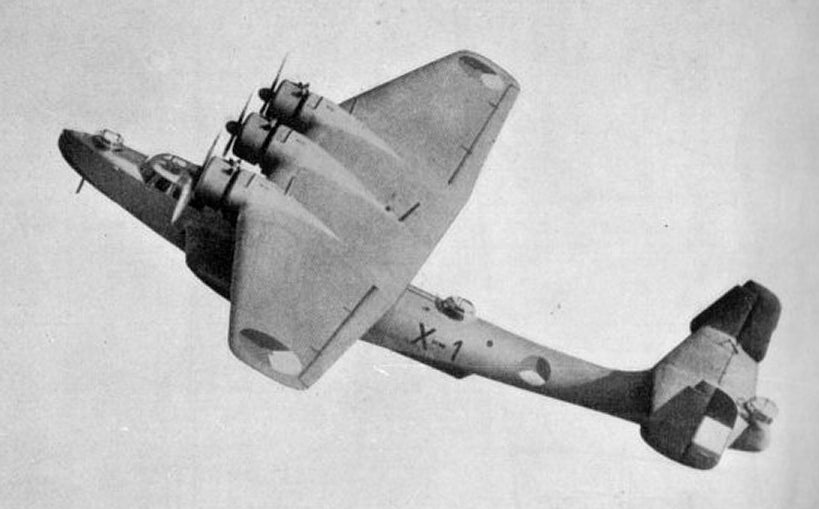
July 3, 1937 – The first flight of the Dornier D0 24 , a German flying boat built by Dornier Flugzeugwerke for maritime patrol and search and rescue. According to Dornier, 12,000 people were rescued by the D0 24 during its operations.
•••••••••••••••••••••••
If you enjoy these Aviation History posts, please let me know in the comments. And if you missed any of the past articles, you can find them all at !!!error: Indecipherable SUB-paragraph formatting!!! .
All photos are Public Domain or taken by the author unless otherwise credited.
 The Powershift in Steve's '12 Ford Focus killed it's TCM (under warranty!)
> ttyymmnn
The Powershift in Steve's '12 Ford Focus killed it's TCM (under warranty!)
> ttyymmnn
07/08/2015 at 15:52 |
|
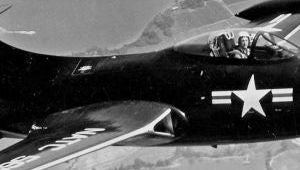
Panthers are such great looking jets. It’s a pity they don’t get as much historical attention as the F-80 and F-86.
 ttyymmnn
> The Powershift in Steve's '12 Ford Focus killed it's TCM (under warranty!)
ttyymmnn
> The Powershift in Steve's '12 Ford Focus killed it's TCM (under warranty!)
07/08/2015 at 16:07 |
|
I think that among historians, at least, their importance is well known. They kicked ass in the early days of Korea, and formed a vital bridge from prop planes to the first modern gets. God bless Grumman and the Iron Works. They made some amazing aircraft.